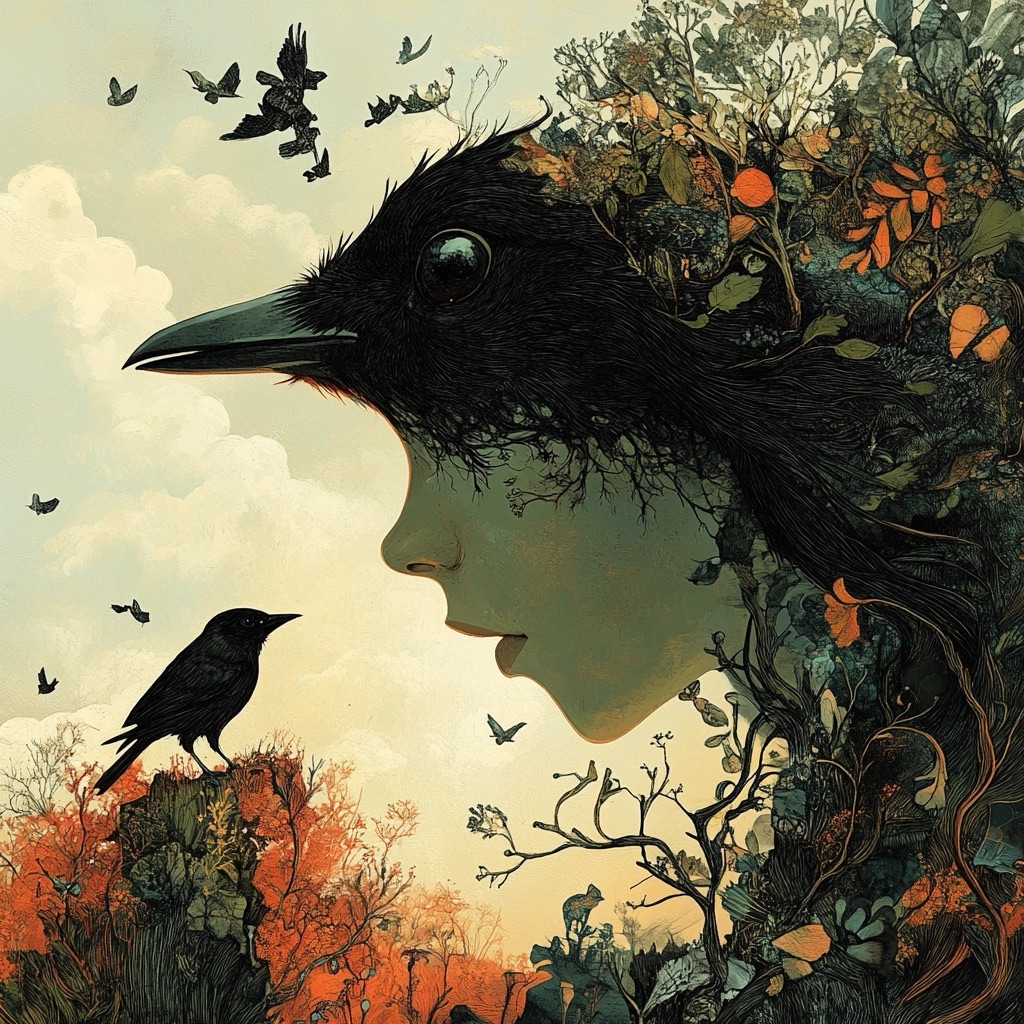
When we think of storytelling, one element often captures our imagination more than others: the twist. A shocking twist is like a thunderclap in a clear sky, disrupting the expected trajectory and electrifying the narrative with a new energy. But what makes a twist truly shocking, and how can a writer construct one that resonates beyond the fleeting surprise?
Why Do Twists Matter So Much in Storytelling?
At their core, stories are about building expectations. From the opening scene, readers or viewers are subconsciously assembling a map of where the narrative will take them. This map is built on patterns—familiar character arcs, logical outcomes, and cues from the author. But what happens when the destination on that map suddenly shifts? A good twist can dismantle all these assumptions, revealing layers to a story that the audience never saw coming. It not only shocks but recontextualizes everything that came before it.
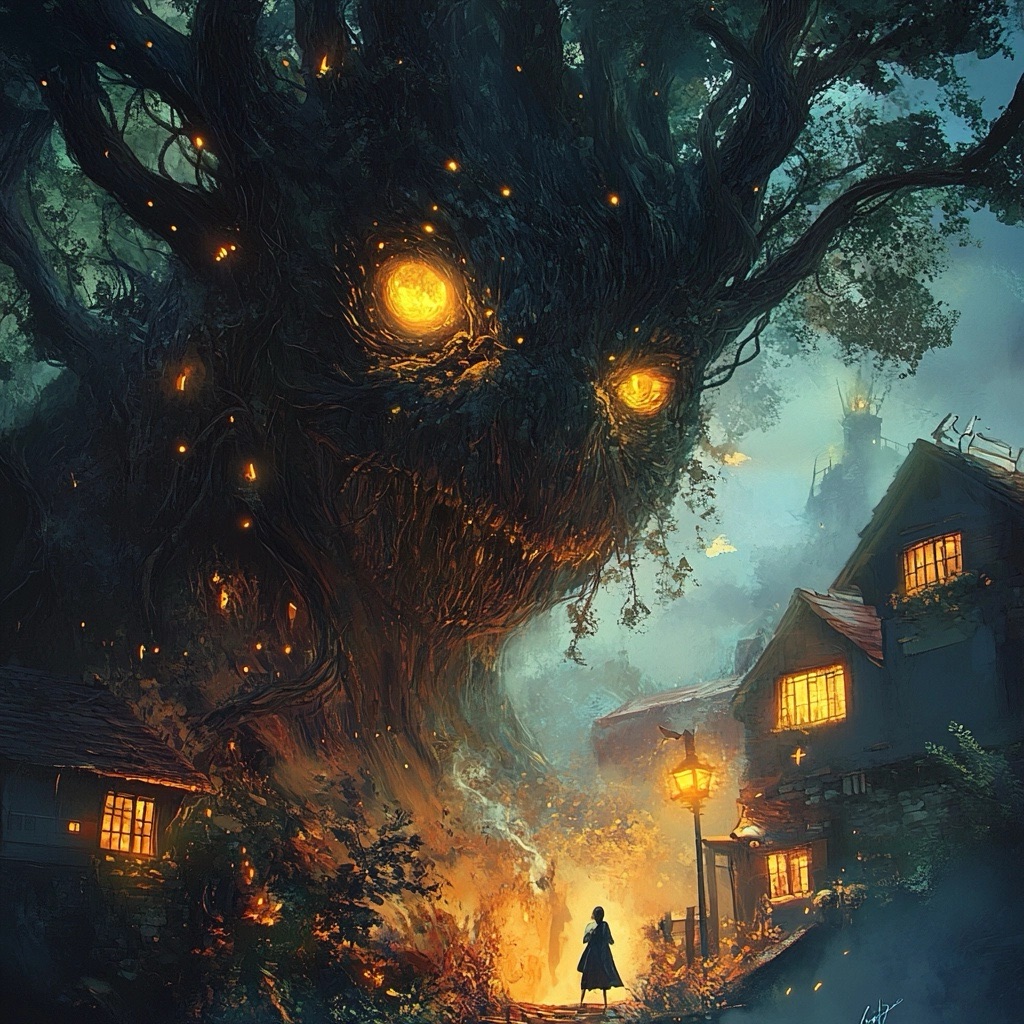
The twist is not merely about pulling the rug from under the audience. It’s about forcing them to reexamine their own interpretation of the narrative, challenging them to look at the same details with a fresh perspective. It’s akin to experiencing déjà vu but realizing you missed something vital. This, more than the shock itself, is what makes twists so powerful: the revelation that the clues were always there, hidden in plain sight.
The Psychology Behind the Perfect Twist
Human brains are wired to detect patterns. It’s a survival mechanism, a way to make sense of the world quickly. In storytelling, we apply this same instinct, anticipating where a narrative will go based on previous experience. A twist plays against this very mechanism, interrupting that pattern recognition. But a twist must be more than arbitrary or random—it has to be both surprising and inevitable in hindsight. That’s the paradox at the heart of the perfect twist: the audience should never see it coming, but once it does, it must feel like it couldn’t have been any other way.
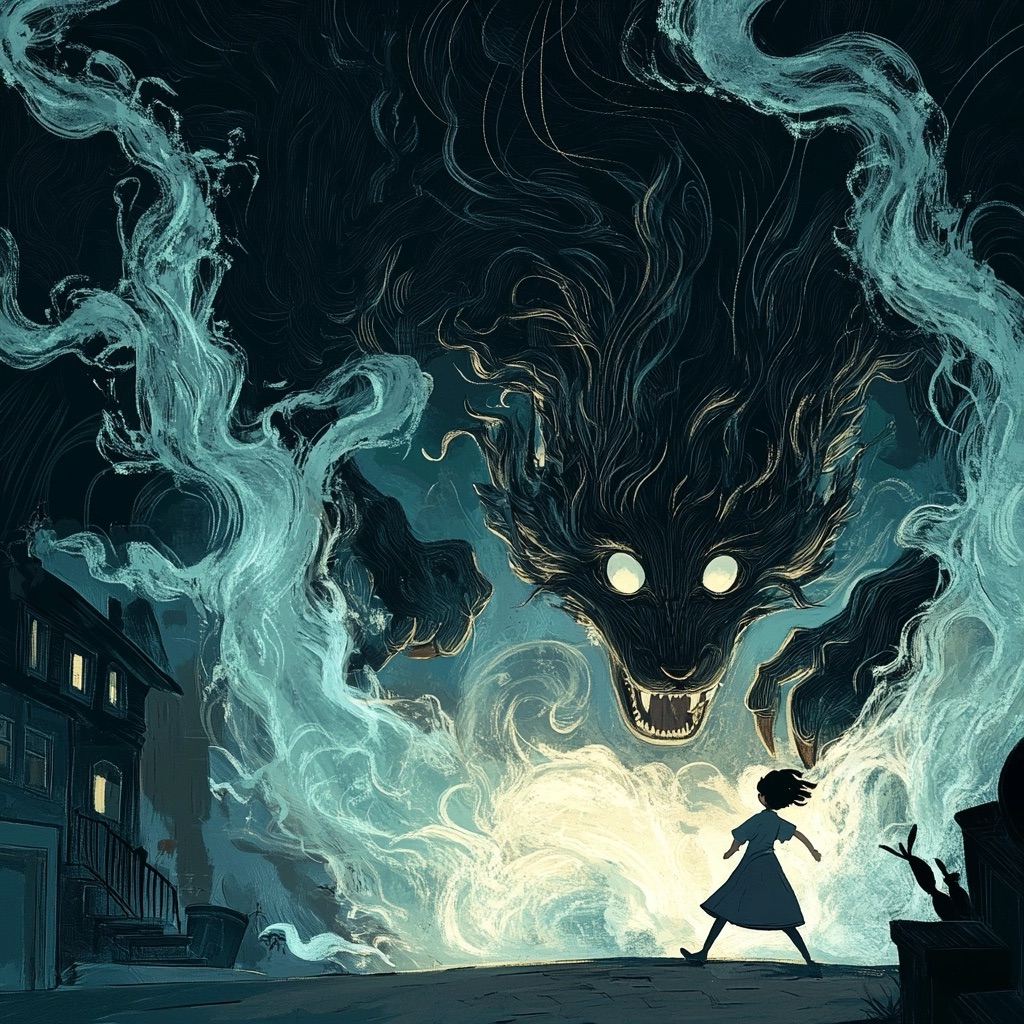
Cognitive dissonance plays a key role here. When a twist is revealed, the audience is forced to reconcile two opposing ideas: what they thought they knew versus what they now know to be true. The tension between these two ideas is where the real emotional punch of a twist lies. A good twist doesn’t just surprise—it unsettles. It challenges the audience’s confidence in their understanding of the story and, by extension, their grasp of reality within the narrative’s world.
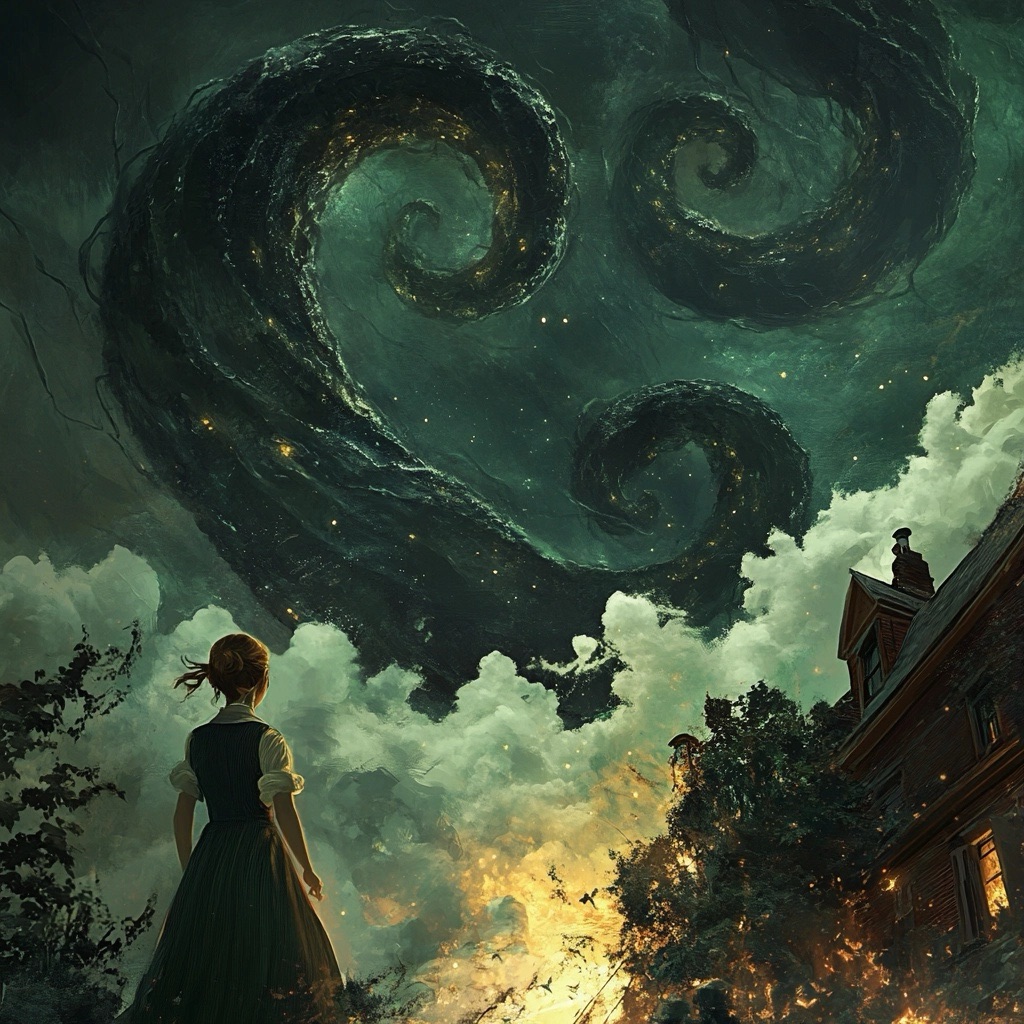
Types of Twists: Not All Shocks Are Created Equal
Not all twists are built the same. While the shocking revelation is a broad concept, it can take on many forms depending on the narrative’s goals. Here are a few types of twists that frequently occur, each with its unique flavor of disruption:
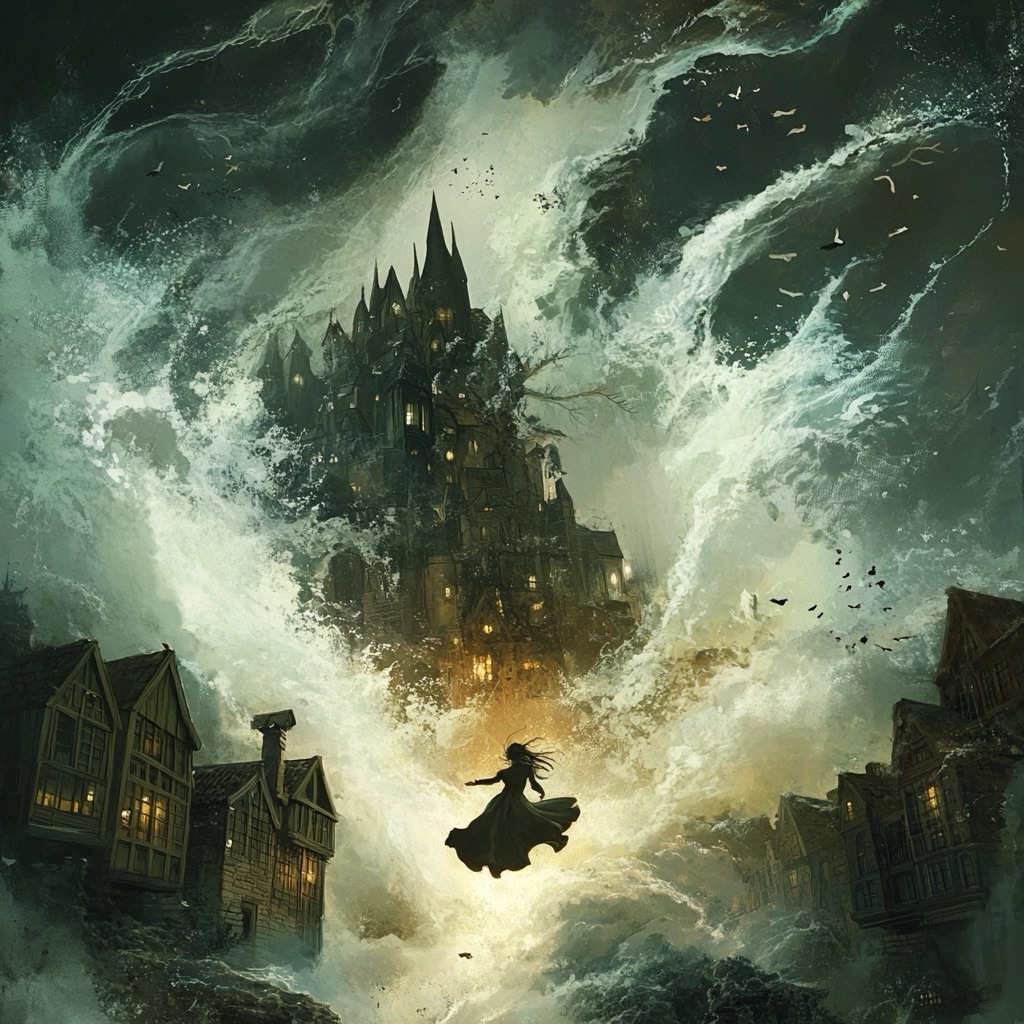
1. The Betrayal Twist
One of the most emotionally gutting twists is when a trusted character is revealed to be something—or someone—entirely different from what the audience has believed. This betrayal is particularly effective because it strikes at the heart of human relationships, tapping into fears of trust and vulnerability. Think of The Usual Suspects, where the audience is led to believe in the protagonist’s innocence, only for the twist to reveal that they were the mastermind all along. The narrative feeds off our natural desire to root for someone and then weaponizes that trust against us.
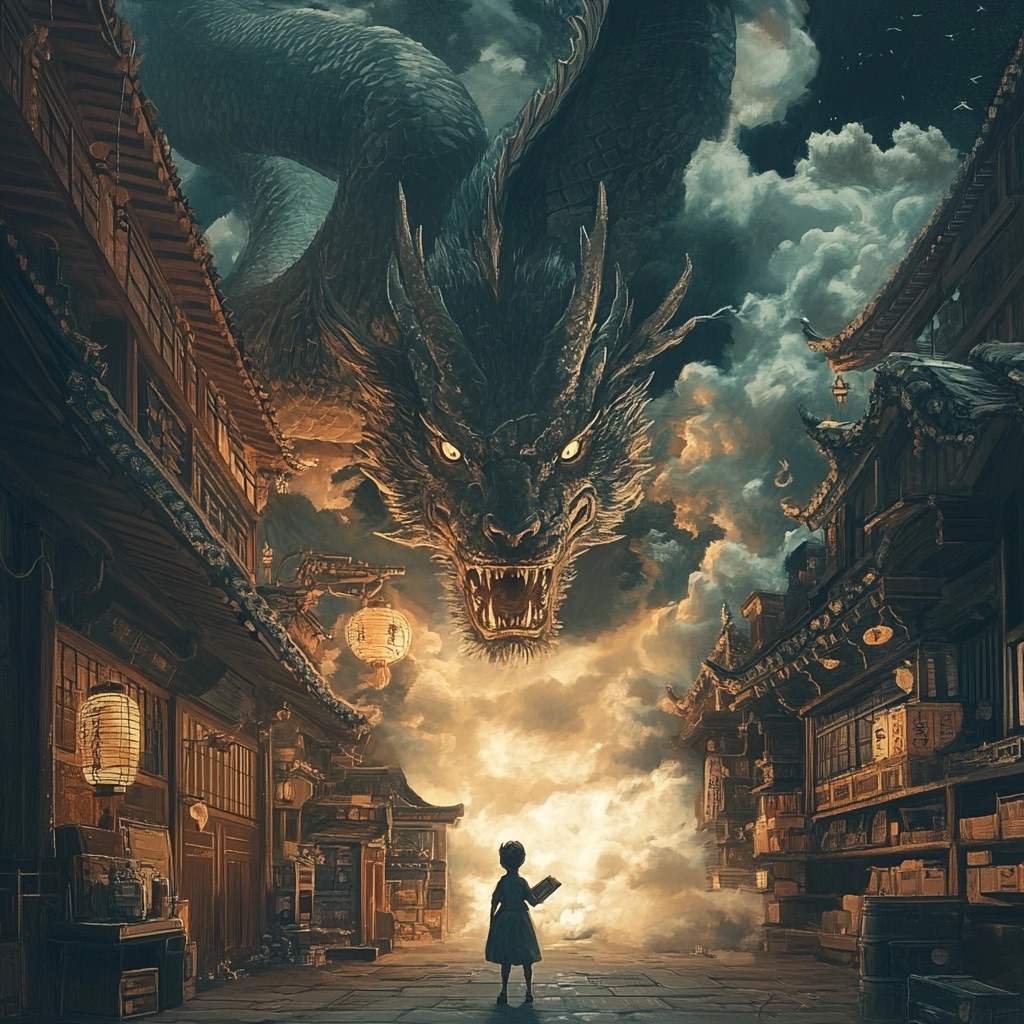
2. The Perspective Shift
A perspective shift twist manipulates the audience’s perception of the story’s events. We are led to believe one thing because of the limited perspective offered by the protagonist or the narrator. Then, the twist shows us a broader view, revealing hidden truths. A classic example of this is found in Fight Club, where the narrator and Tyler Durden are revealed to be the same person. The twist here redefines the entire story, shifting our understanding of every interaction and event.
3. The Reality Twist
Reality twists often involve a deeper layer of revelation where the nature of the world itself is upended. These twists often delve into philosophical or metaphysical territory, questioning the boundaries of what is real. Films like The Matrix or Inception play with this concept, leaving the audience questioning what parts of the narrative were “real” and what was an illusion. These twists can provoke existential questioning, asking the audience to reconsider not just the story but their own understanding of reality.

The Anatomy of Building a Good Twist
So, how does one construct a twist that resonates, rather than one that feels like a cheap gimmick? The key lies in careful preparation and layering clues that are both subtle yet undeniable in hindsight. A twist isn’t a sudden detour but rather a revelation of the story’s true nature that has been there all along.
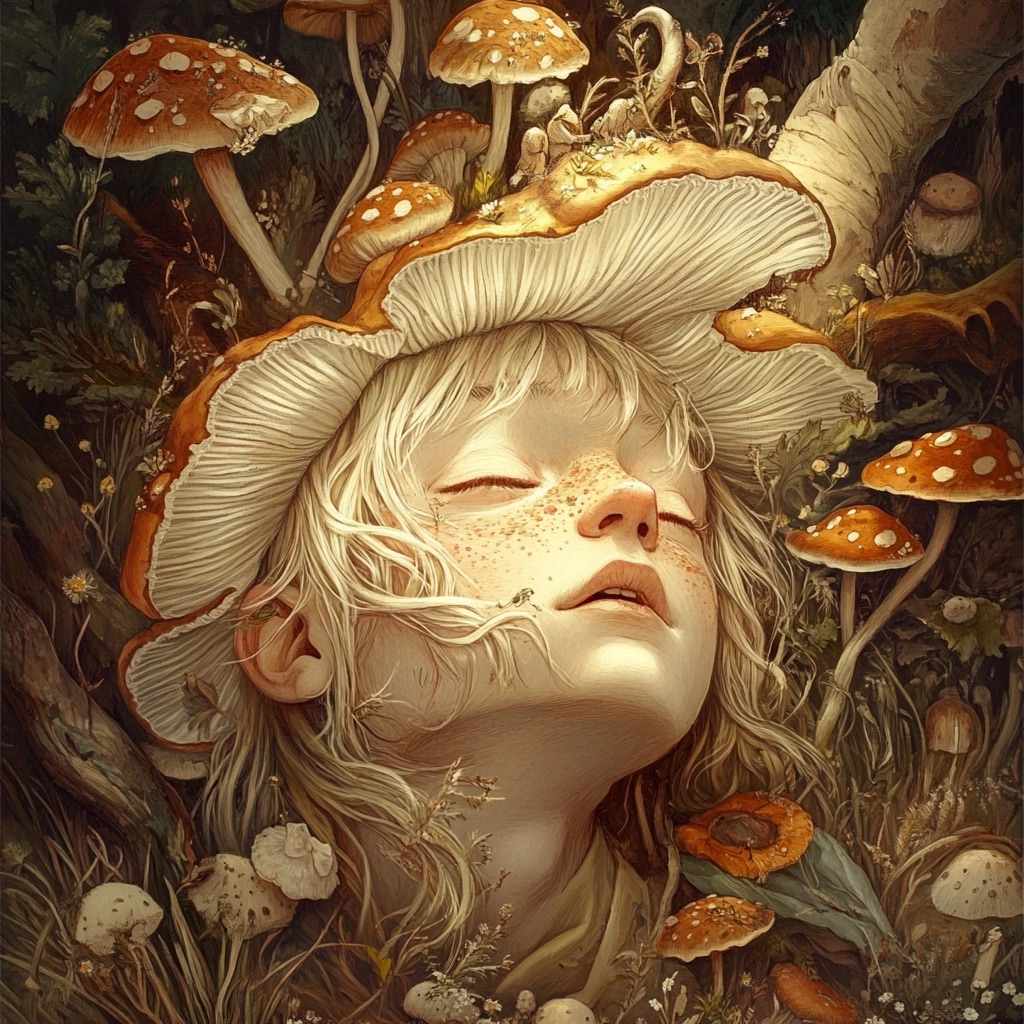
1. Laying the Groundwork
A great twist must be earned. That means laying the groundwork long before the reveal, carefully planting seeds in the narrative that support the twist when it finally arrives. This requires meticulous planning, ensuring that every clue is meaningful and can be retroactively identified by the audience. An overlooked conversation, a seemingly insignificant event, or a character’s strange behavior—these are all fertile ground for planting the seeds of a twist. When these clues align after the twist is revealed, the audience feels a sense of awe, realizing that the truth was hidden in plain sight all along.
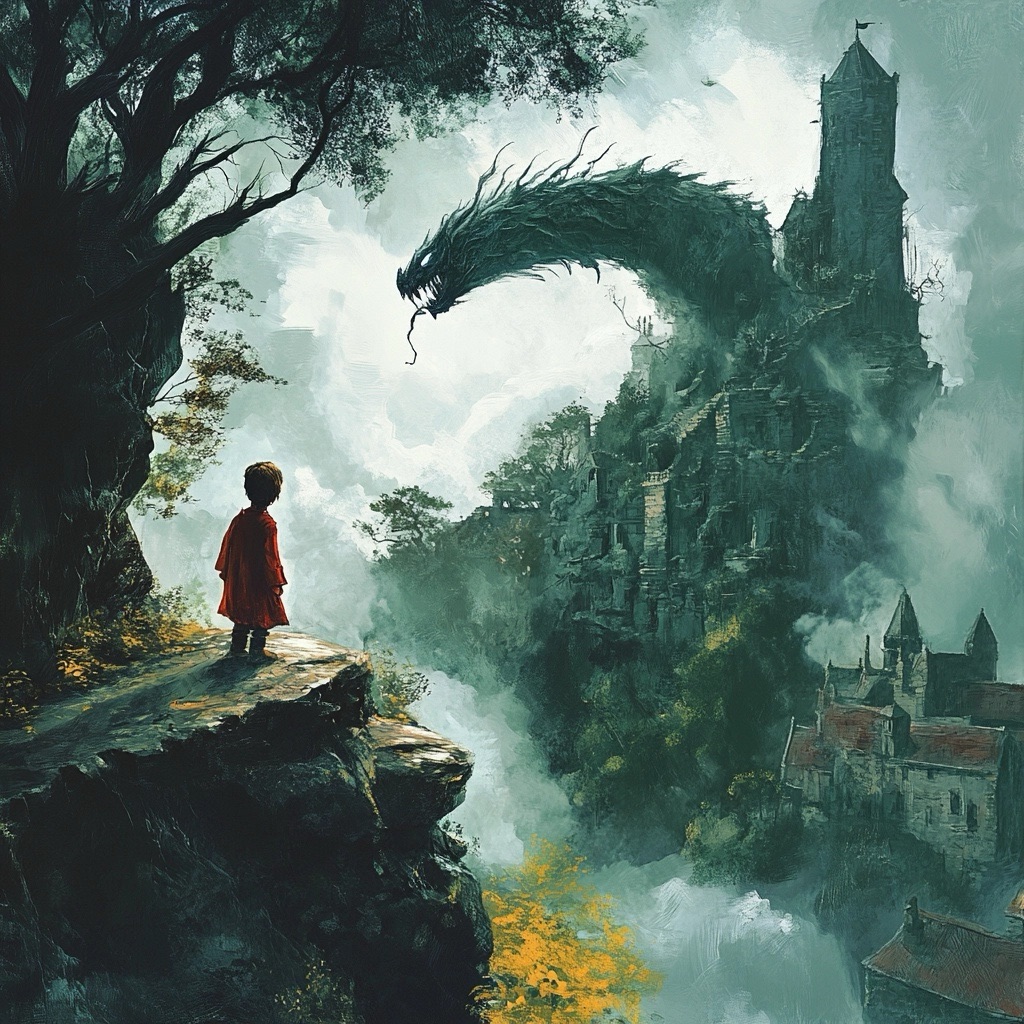
2. Misdirection
Misdirection is an essential tool in crafting a good twist. While laying the groundwork for the twist, a writer must also engage in a bit of sleight of hand, guiding the audience’s attention elsewhere. This can be achieved through red herrings, distractions, or leading the audience to make assumptions based on familiar tropes or clichés. When executed well, misdirection causes the audience to build their own version of the story, which the twist then demolishes, leaving them both surprised and impressed.
3. Emotional Weight
For a twist to land, it needs to carry emotional weight. The twist should not just change the facts of the narrative but should also alter the emotional landscape of the story. A twist that doesn’t affect the characters emotionally or shift the audience’s perception of them risks feeling hollow. The betrayal of a beloved character, the revelation of a protagonist’s darker side, or the realization that a character’s sacrifice was in vain—these emotional twists are the ones that linger long after the shock wears off.

Common Pitfalls: Avoiding the Cheap Twist
While twists can elevate a story, they can also backfire if executed poorly. A twist that is too outlandish or disconnected from the story can leave the audience feeling manipulated. This happens when the twist exists for shock value alone, without enough setup or emotional grounding. The audience needs to feel like they’ve been taken on a journey, not tricked or blindsided for the sake of a quick thrill.
Additionally, too many twists can dilute the impact of any single one. If the audience is constantly bracing for another shock, the story loses its emotional resonance. The power of a good twist comes from its rarity; it’s a moment of disruption in an otherwise stable narrative flow.

Final Thoughts: Twists That Resonate Beyond the Shock
A twist is more than just a plot device—it’s a storytelling art form. The best twists don’t just shock; they transform the entire narrative. They force the audience to reconsider everything they thought they knew, inviting them to reengage with the story on a deeper level. The true power of a twist lies in its ability to linger, to echo long after the final page is turned or the credits roll. And that’s what makes a twist not just memorable, but truly great.
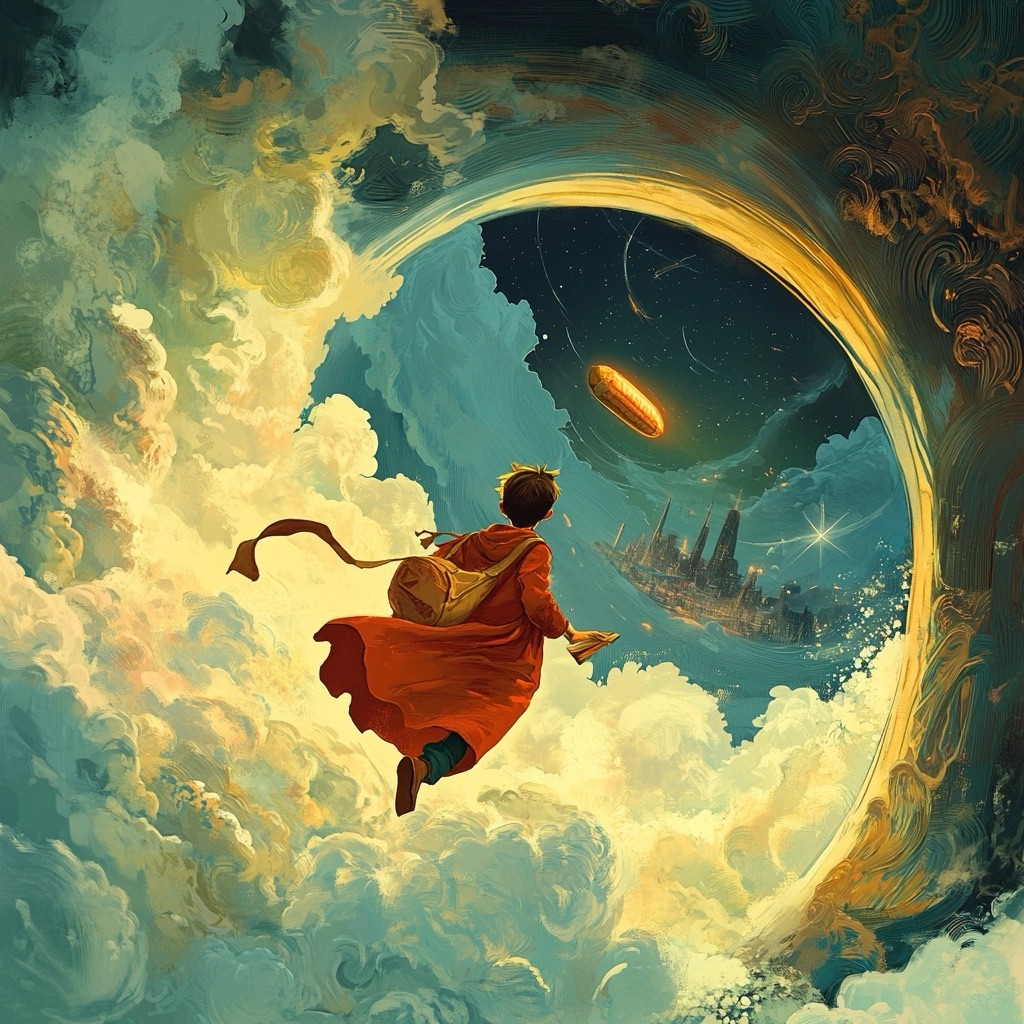
In a world where audiences are increasingly savvy and aware of storytelling conventions, creating a twist that is both surprising and meaningful is more challenging than ever. But when done right, the twist becomes the heart of the story, a pulse that keeps the narrative alive in the minds of its audience.
Leave a Reply